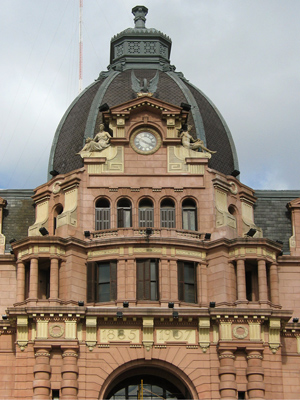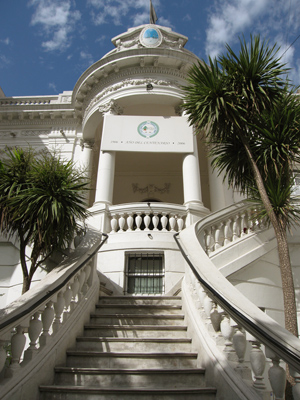buenos aires: barracas revisited, odds & ends
A neighborhood as large & complex as Barracas has a number of elements that don’t fit into any of the previous categories. Rail networks divide the neighborhood, but the stations themselves are pretty fantastic. Named after its plaza, the grand Estación Constitución (Brasil 1128) is usually overlooked thanks to its hectic & messy surroundings. But go on a Sunday morning, weave through the drag queens walking home from nearby bars & take a close look at the station… both inside & out. The Art Deco extension on the east side is just as attractive as the main façade:




